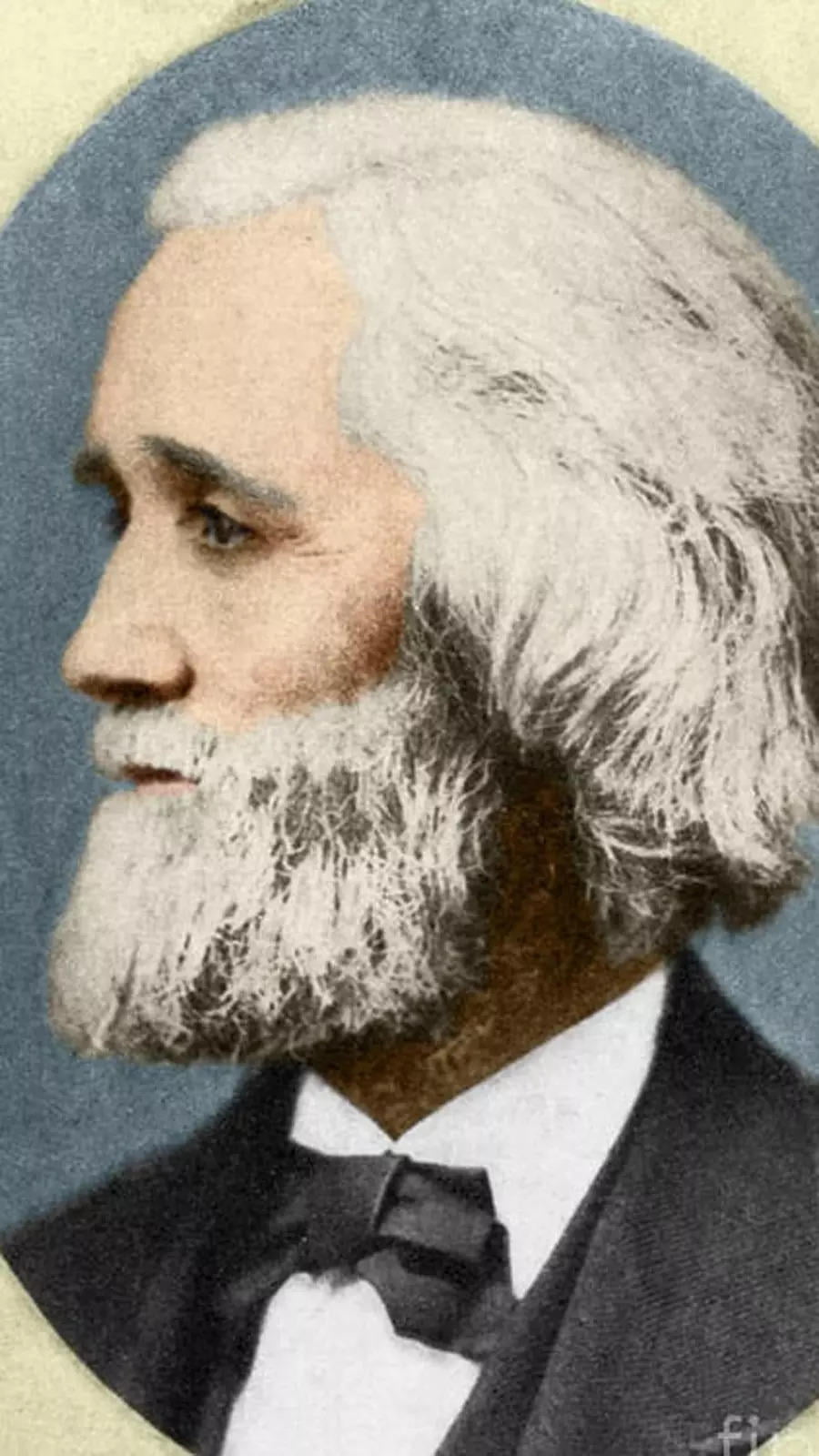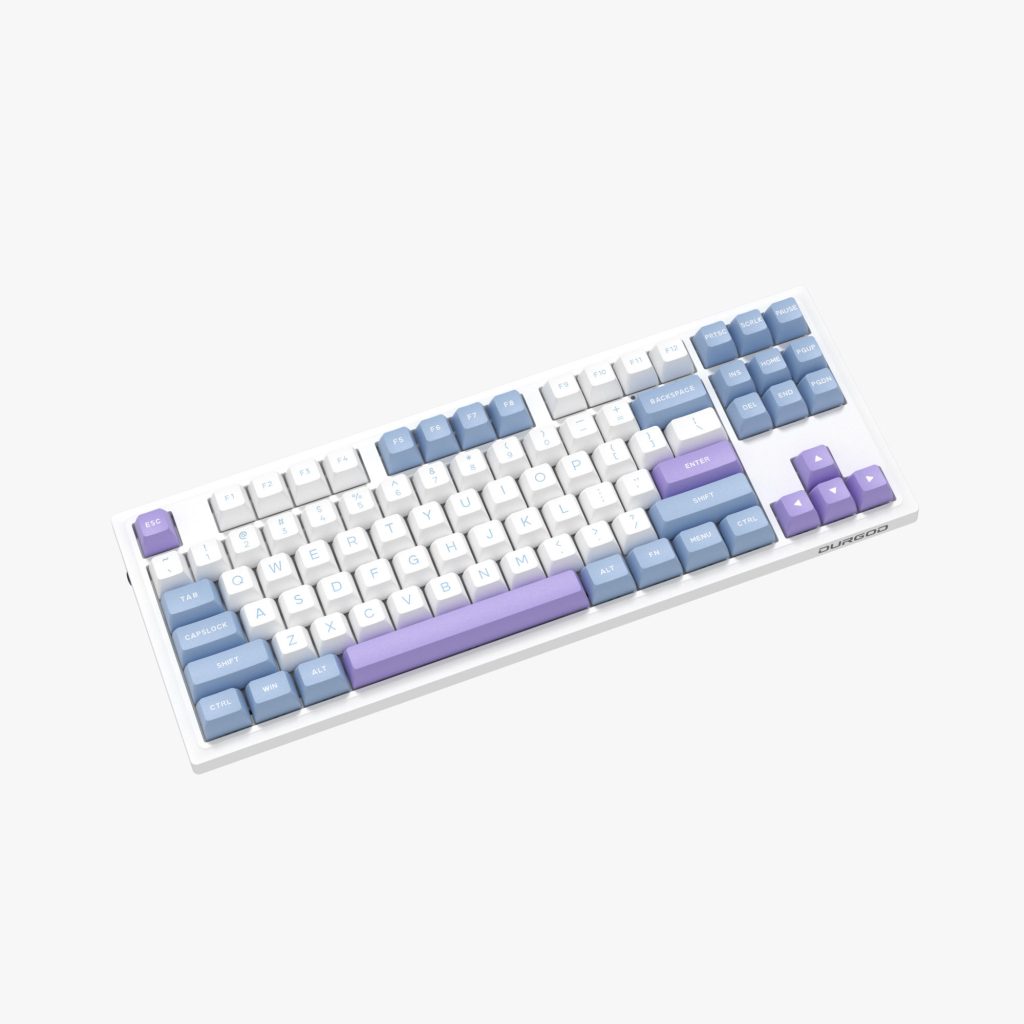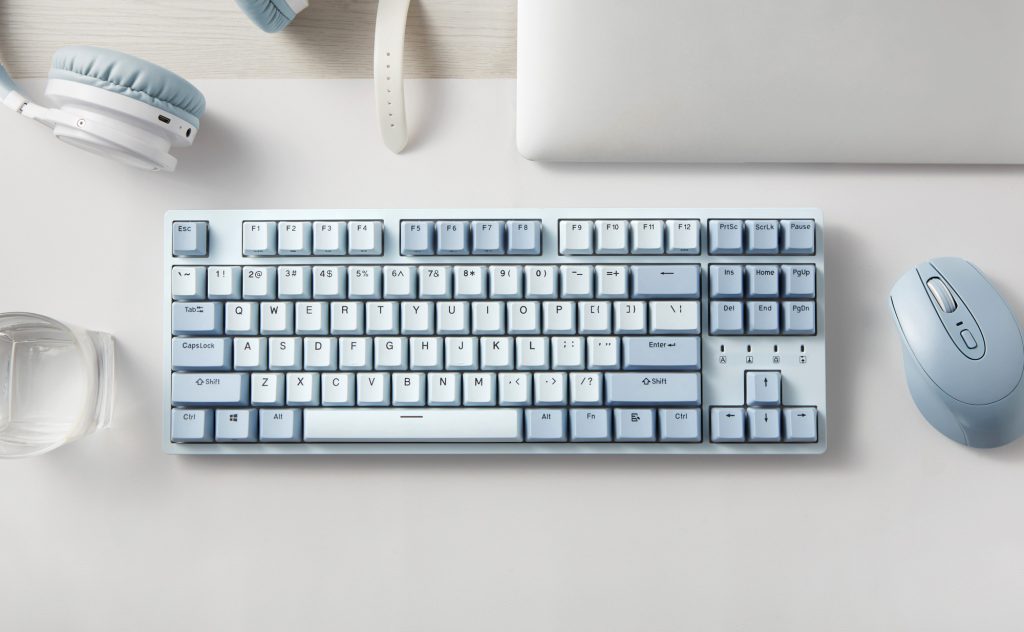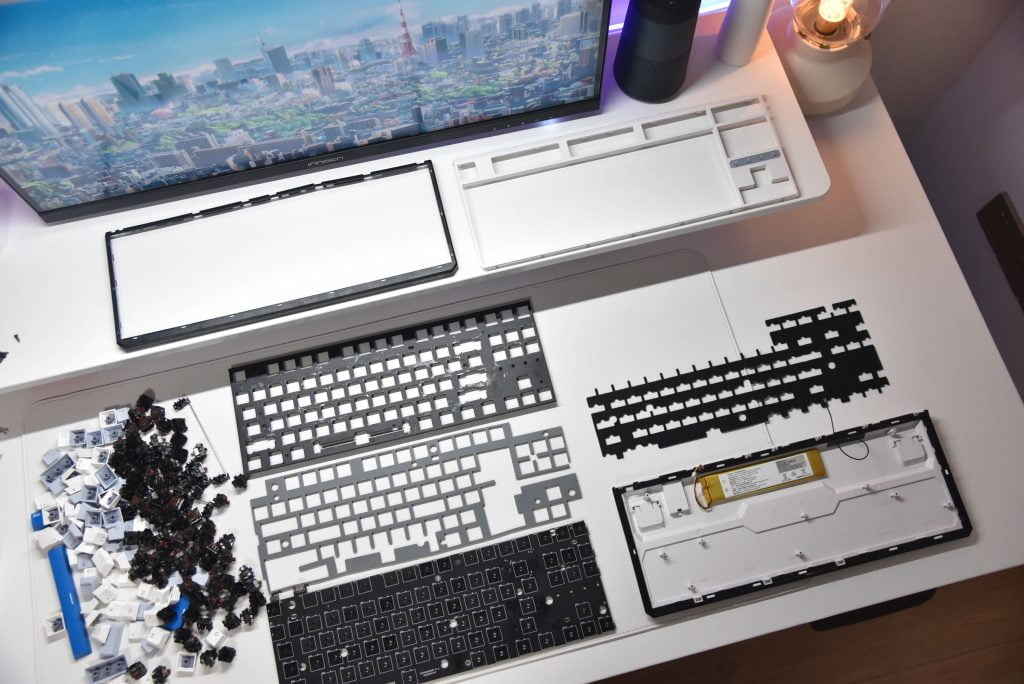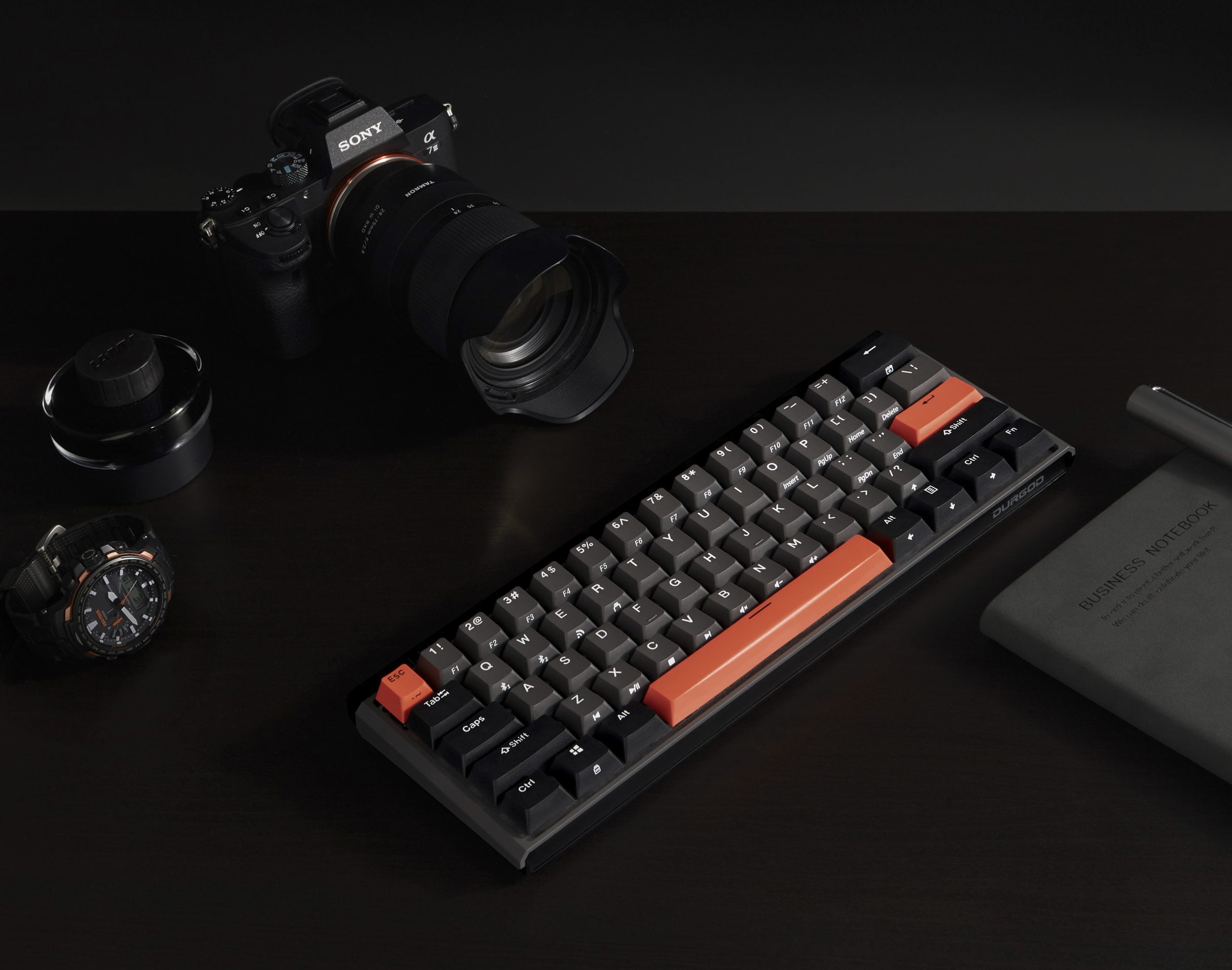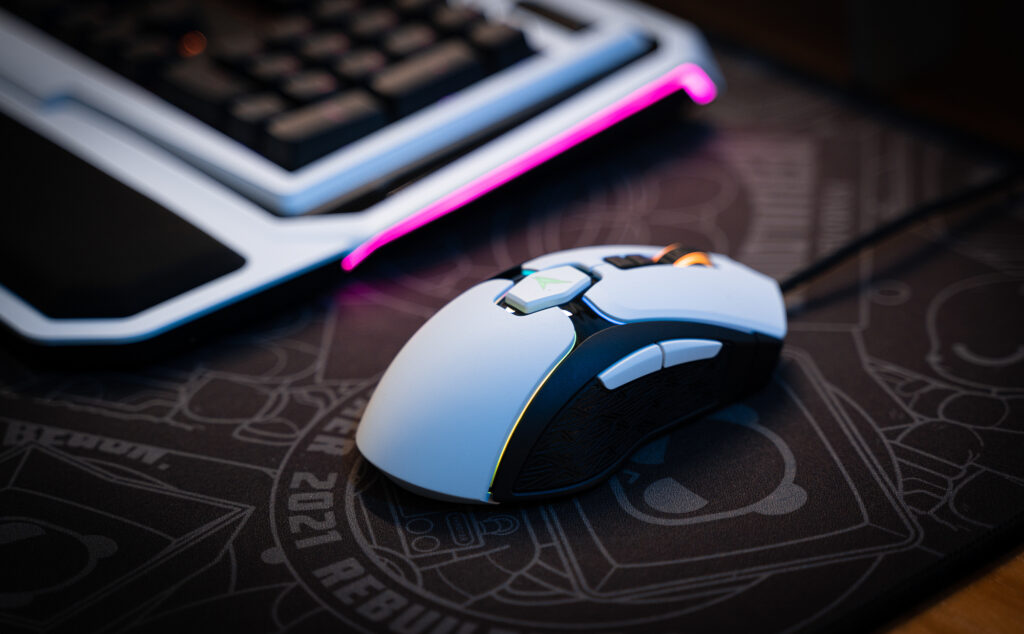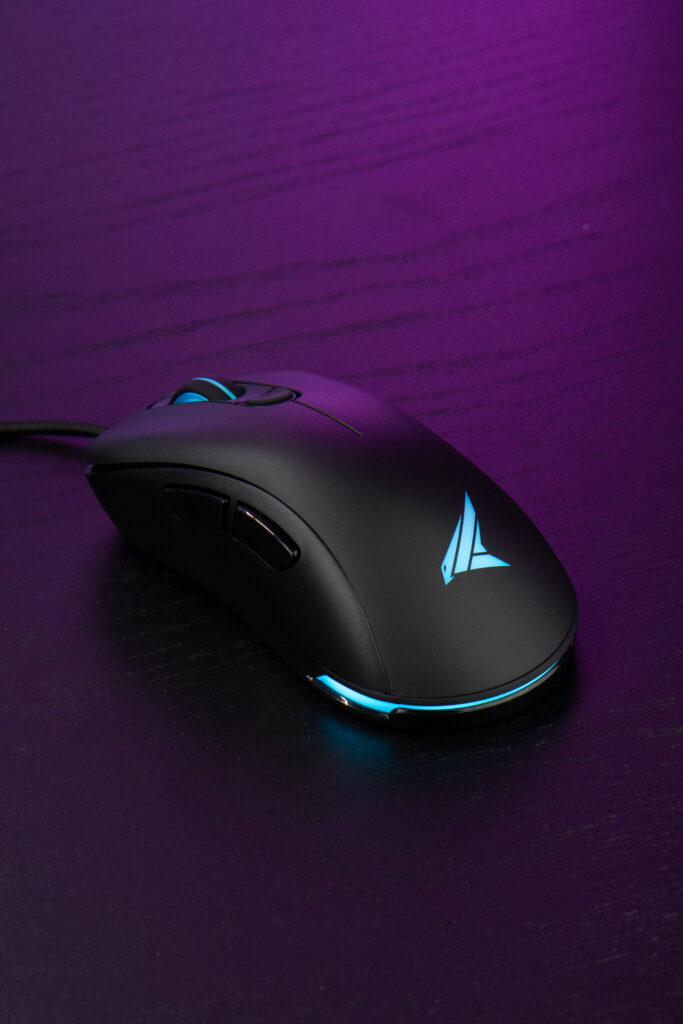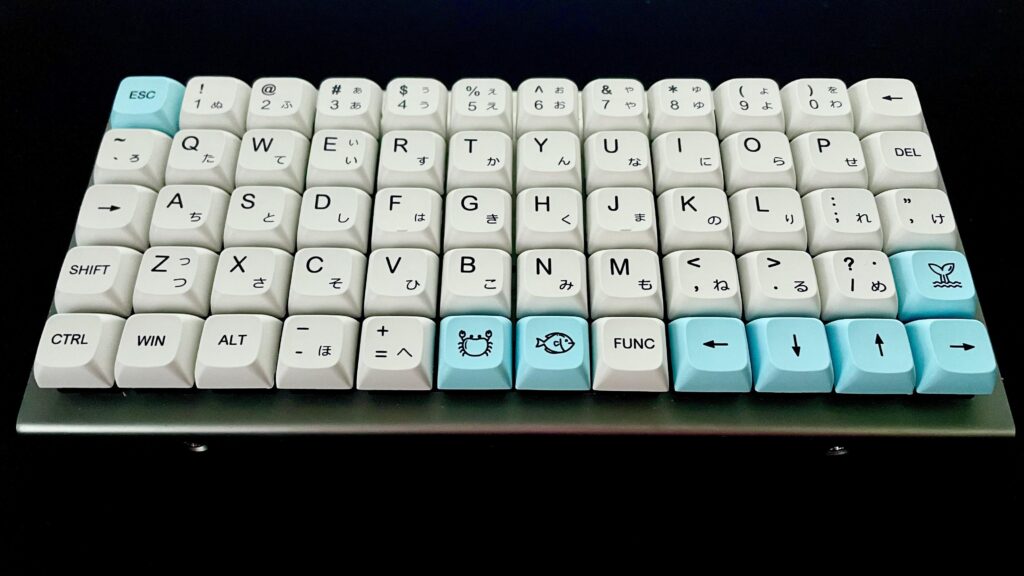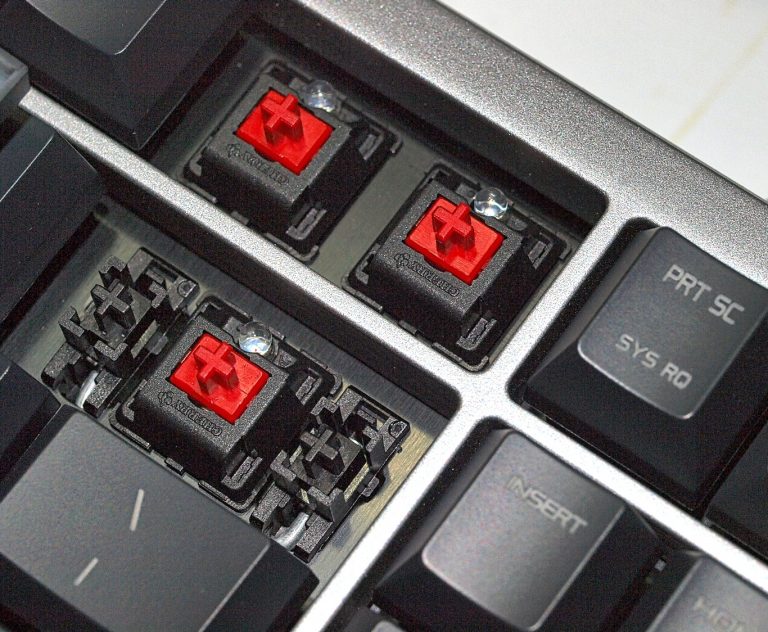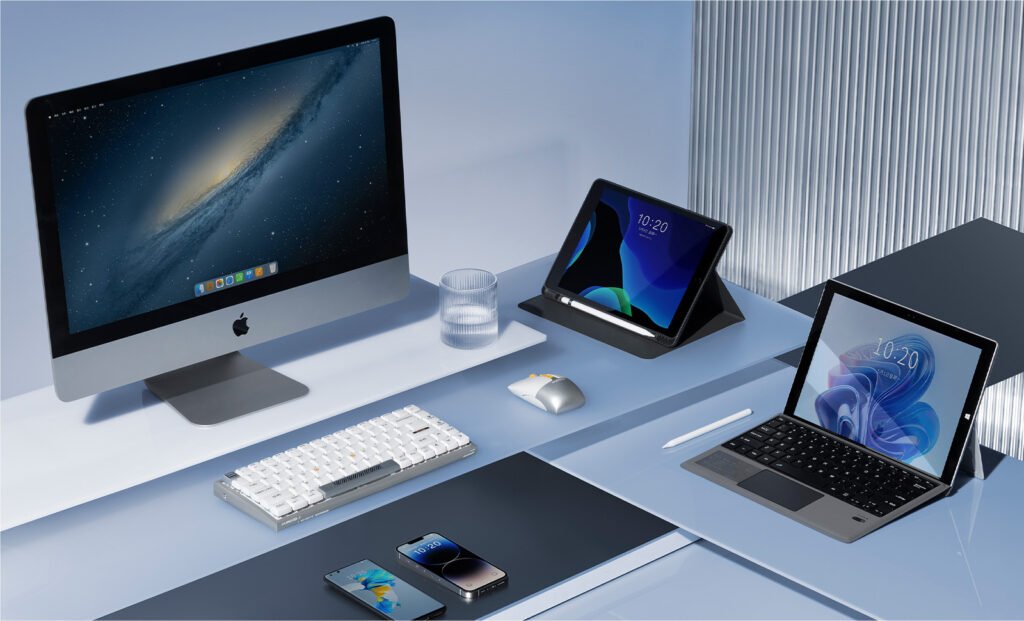The QWERTY keyboard layout, a cornerstone in the realm of keyboard design, boasts a rich history that intertwines technological innovation with the nuanced interplay of human factors in the crafting of typing devices.

Origin and Development
- Inventor: Christopher Latham Sholes, an esteemed American newspaper editor and printer, conceived the QWERTY layout.
- First Typewriter: Collaborating with colleagues Samuel W. Soule and Carlos Glidden, Sholes created a typewriter that featured the QWERTY layout, heralded as the first functional and commercially viable typewriter.
- Patent and Production: Securing a patent in 1868, Sholes refined the design further. By 1873, the manufacturing rights were transferred to E. Remington and Sons, renowned for their production of sewing machines and firearms, who commenced the typewriter’s mass production.
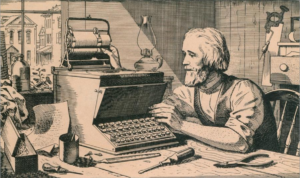
Why QWERTY?
- Addressing Jamming Issues: Engineered to solve a prevalent mechanical flaw, the QWERTY layout was designed. Early typewriters were prone to jamming when keys were pressed in rapid succession. Strategically, Sholes rearranged the keys, spacing commonly used letter pairs, like ‘S’ and ‘T’, to minimize jams.
- Speed and Efficiency: Though initially meant to slightly decelerate typing to avoid jams, typists swiftly adapted. This arrangement led to increased typing speed and a decrease in mechanical jams.
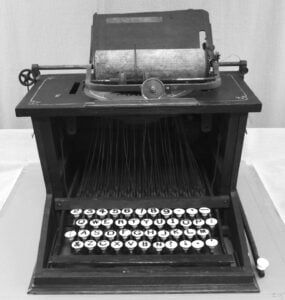
Sholes & Glidden Typewriter
Adoption and Standardization
- Rising Popularity: The introduction of the Remington No. 2 in 1878, featuring both uppercase and lowercase letters via a shift key, solidified the QWERTY layout’s popularity.
- Becoming the Standard: As typewriting emerged as an indispensable business skill, the QWERTY layout saw increased standardization. The proliferation of typing schools and manuals further cemented its usage.
Criticism and Alternatives
- Ergonomic Concerns: Over time, critiques have emerged regarding QWERTY’s efficiency and ergonomics, with some suggesting it could contribute to repetitive strain injuries.
- Alternative Layouts: Despite the introduction of alternative layouts like Dvorak and Colemak, which claim enhanced speed and reduced finger movement, QWERTY’s established position and the extensive retraining needed for proficiency have prevented their widespread adoption.
This meticulously edited piece adheres closely to the mechanical keyboard industry’s narrative. It underscores the delicate balance between tradition and innovation. Also, it highlights QWERTY’s lasting impact amidst ongoing discussions on typing efficiency and ergonomics.
For more knowledge of mechanical keyboards, visit DURGOD.



